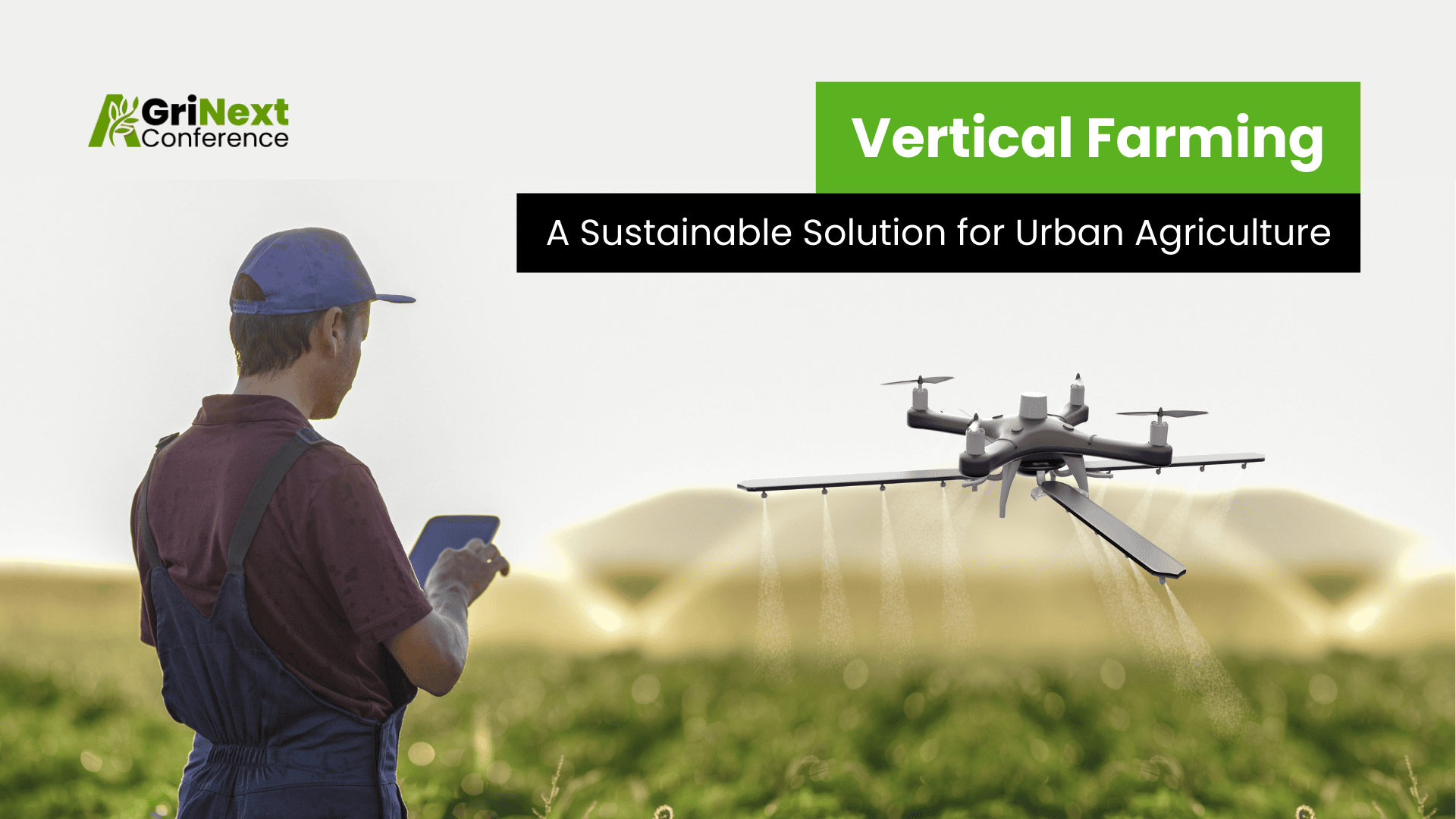
How Dubai, India, and Global Innovators Are Transforming City Farming
Introduction
As the world’s urban population continues to rise and arable land becomes increasingly scarce, the pressure to find innovative food production methods has never been greater. Vertical farming is emerging as a sustainable, space-efficient solution to this challenge. By growing crops in stacked layers within controlled indoor environments, this method reduces the need for land, conserves water, and eliminates harmful pesticides—all while enabling year-round production.
Cities like Dubai and countries like India are leading the charge, each tailoring vertical farming technologies to suit their unique environments. This article explores their progress, highlights global innovators, and looks ahead to the future of urban agriculture.
Driving Innovation: The Rise of Vertical Farming Worldwide
Vertical farming is rapidly transforming global agriculture by integrating advanced technologies such as artificial intelligence, robotics, and sustainable design. This innovative approach enables efficient food production in urban environments, utilizing minimal space and resources. Key technologies include:
AI-Driven Monitoring Systems: These systems predict plant health and optimize growth conditions in real-time.
Robotics: Automation handles seeding, harvesting, and packaging with precision, reducing labor and contamination risks.
Advanced Lighting Systems: Full-spectrum LEDs mimic natural sunlight while cutting energy costs.
Hydroponics and Aeroponics: These methods use up to 90% less water than traditional farming.
Cloud-Based Platforms and IoT Sensors: They enable remote operation and efficient scaling of farms.
The global vertical farming market is experiencing significant growth. According to MarketsandMarkets, the market is projected to grow from USD 5.6 billion in 2024 to USD 13.7 billion by 2029, at a CAGR of 19.7% . Similarly, Fortune Business Insights reports an expected growth from USD 4.16 billion in 2022 to USD 20.91 billion by 2029, at a CAGR of 25.9% .
This growth is driven by factors such as increasing urbanization, the need for sustainable food production, and technological advancements. Vertical farming offers a resilient solution to food security challenges, enabling consistent, high-quality yields year-round, regardless of climate conditions.
Dubai: Growing Green in the Desert
Dubai is proving that even the harshest environments can support lush, high-tech farms.
Bustanica: This 30,658 sq. m. facility, near Al Maktoum International Airport, is the world’s largest vertical farm. It produces over 1 million kg of pesticide-free greens annually while saving 250 million liters of water.
Badia Farms: The GCC’s first indoor vertical farm uses hydroponics and LED lighting to grow premium greens with 90% less water.
Dubai Industrial City project: This upcoming facility combines rotating towers and retractable sunroofs to optimize sunlight and output—feeding hotels, hypermarkets, and kitchens across the UAE.
India: Smart Farms for Smart Cities
India’s vertical farming boom is being driven by urbanization, organic food demand, and supportive policies.
Market Growth: The Indian vertical farming market is projected to grow at a CAGR of 21.5% from 2025 to 2033, reaching nearly USD 580 million by 2033, supported by government subsidies and rising demand for organic produce
Key Innovators
UrbanKisaan (Hyderabad): Offers hydroponic kits and subscription-based fresh produce.
Future Farms (Chennai): Designs turnkey urban farms with climate-controlled systems.
Farmizen (Bangalore & Hyderabad): Connects consumers to pesticide-free produce grown in aeroponic setups.
Why It Matters: Vertical farms in India allow year-round harvests, water savings, and chemical-free food—even in cramped cityscapes.
Conclusion
From the arid sands of Dubai to the bustling cities of India, vertical farming is no longer just a trend—it’s a transformative force. Rooted in technology and driven by a mission of sustainability, it is reshaping how we grow food in the 21st century. As the progress in Dubai and India shows, the fusion of innovation and sustainability isn’t a vision for the future—it’s already taking root today.
AgriNext 2025, set to take place in Dubai, is further accelerating this momentum by bringing together global innovators, startups, and policymakers to spotlight breakthroughs in vertical farming, automation, and sustainable agriculture. As the world looks upward for food solutions, vertical farming stands tall as a beacon of hope for urban food security and environmental resilience.
Reference:
MarketandMarket:Vertical Farming Market by Growth Mechanism
ResearchandMarket:Vertical farming Market Report
Signup For AgriNext Conference Newsletter

